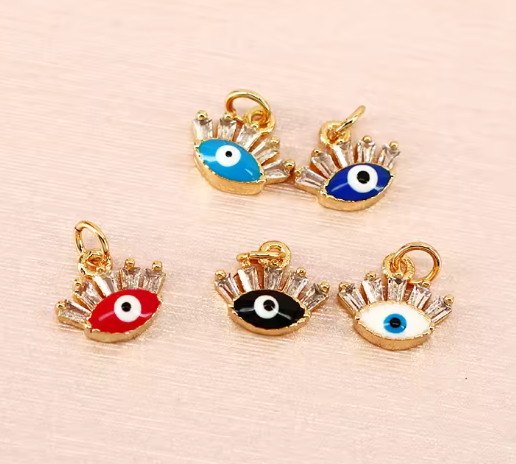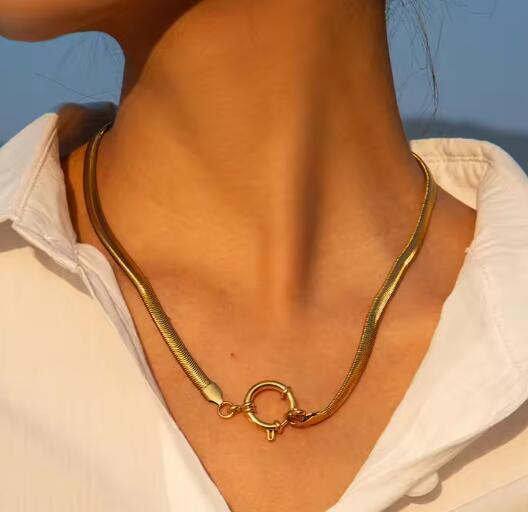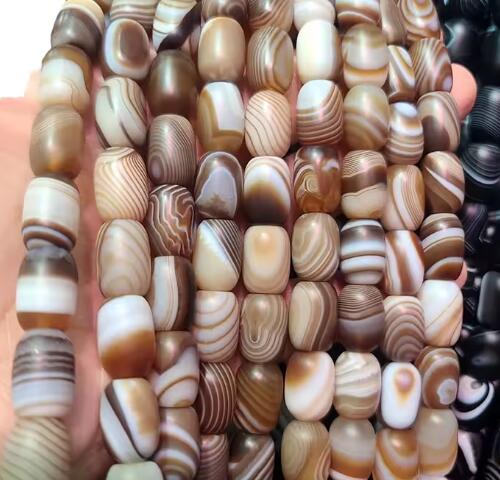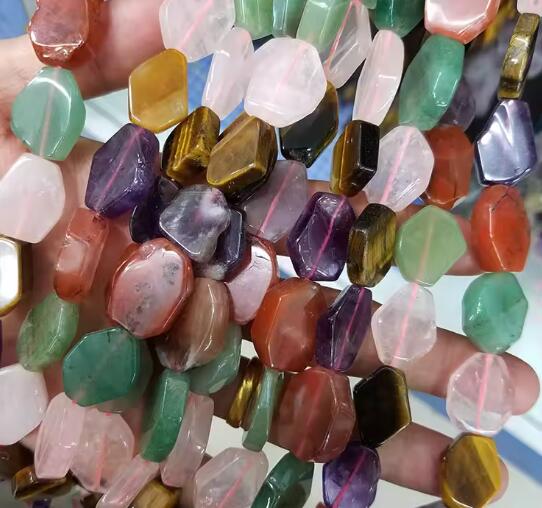Mixing different metal bracelets is a stylish way to express your personal style, but many people worry about scratches and damage. The good news is that with proper techniques, you can confidently create beautiful layered looks while keeping your jewelry in excellent condition. Here’s how to mix metals smartly and safely.
Metals vary in hardness, which affects how they interact when worn together:
Hard metals like stainless steel, titanium, and tungsten are highly scratch-resistant.
Softer metals such as sterling silver, gold, and rose gold are more prone to scratches.
When layering, try to group metals of similar hardness. If mixing hard and soft metals, add a buffer like a leather or fabric bracelet between them to reduce direct contact.
Incorporate non-metal elements between bracelets to prevent friction:
Silicone, leather, or enamel spacer beads create a protective barrier.
These additions not only reduce scratches but also enhance your style with texture and color.
Textured surfaces are more forgiving than high-polish finishes:
Hammered, brushed, or matte bracelets show scratches less obviously.
Mixing finishes adds visual depth while minimizing the appearance of wear.
Heavier bracelets can cause more impact and friction:
Opt for lightweight chains, delicate bangles, or slim cuffs.
Lighter pieces reduce the risk of scratches and are more comfortable for all-day wear.
For precious metal bracelets:
Use a jewelry protector spray or a thin layer of clear nail polish on scratch-prone areas.
Reapply as needed, especially after cleaning or prolonged wear.
Arrange your bracelets strategically:
Place harder metals closer to your wrist and softer metals on top.
This reduces direct contact between delicate pieces and harder surfaces.
Overcrowding increases the risk of damage:
A stack of 3–5 bracelets is ideal for both style and safety.
Allow a small gap between each piece to minimize rubbing.
Take off your bracelets during:
Exercise, swimming, or cleaning to avoid moisture, chemicals, and impact.
High-friction activities to preserve the finish and integrity of your jewelry.
Gently wipe metals with a soft, lint-free cloth after wearing.
Store each bracelet separately in a soft pouch or a compartmentalized box.
Some light scratching is inevitable over time:
Minor wear can add character and a unique story to your jewelry.
Focus on enjoying your pieces rather than maintaining perfect condition.
You can absolutely layer different metal bracelets without significant damage. By understanding metal properties, using protective strategies, and adopting good jewelry habits, you can create stunning, personalized stacks that last. Remember, the goal is to express yourself—thoughtful layering lets you do just that while keeping your collection beautiful.









